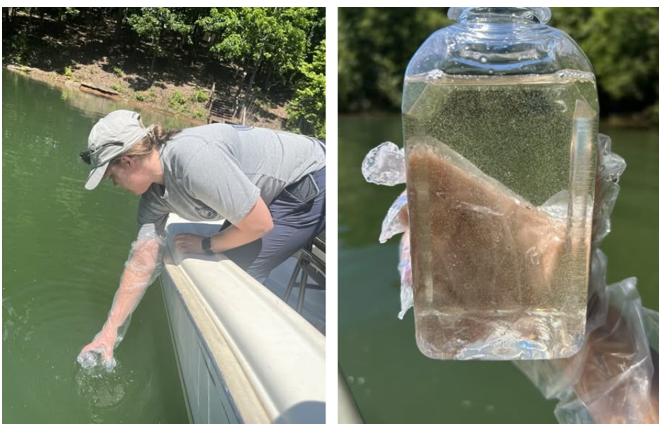Algal blooms are naturally-occurring events in lakes, ponds, rivers and oceans all throughout the country. Algal blooms are comprised of tiny plant-like organisms. Certain species of these organisms can produce toxins that can make people and animals sick. When an algal bloom contains toxins or is comprised of a species that has the potential to produce toxins that are known to affect the health of people, animals, and the environment, they are known as harmful algal blooms (HABs). SCDES monitors for HABs to help keep people informed of any recommended precautions if and when a HAB is identified.



